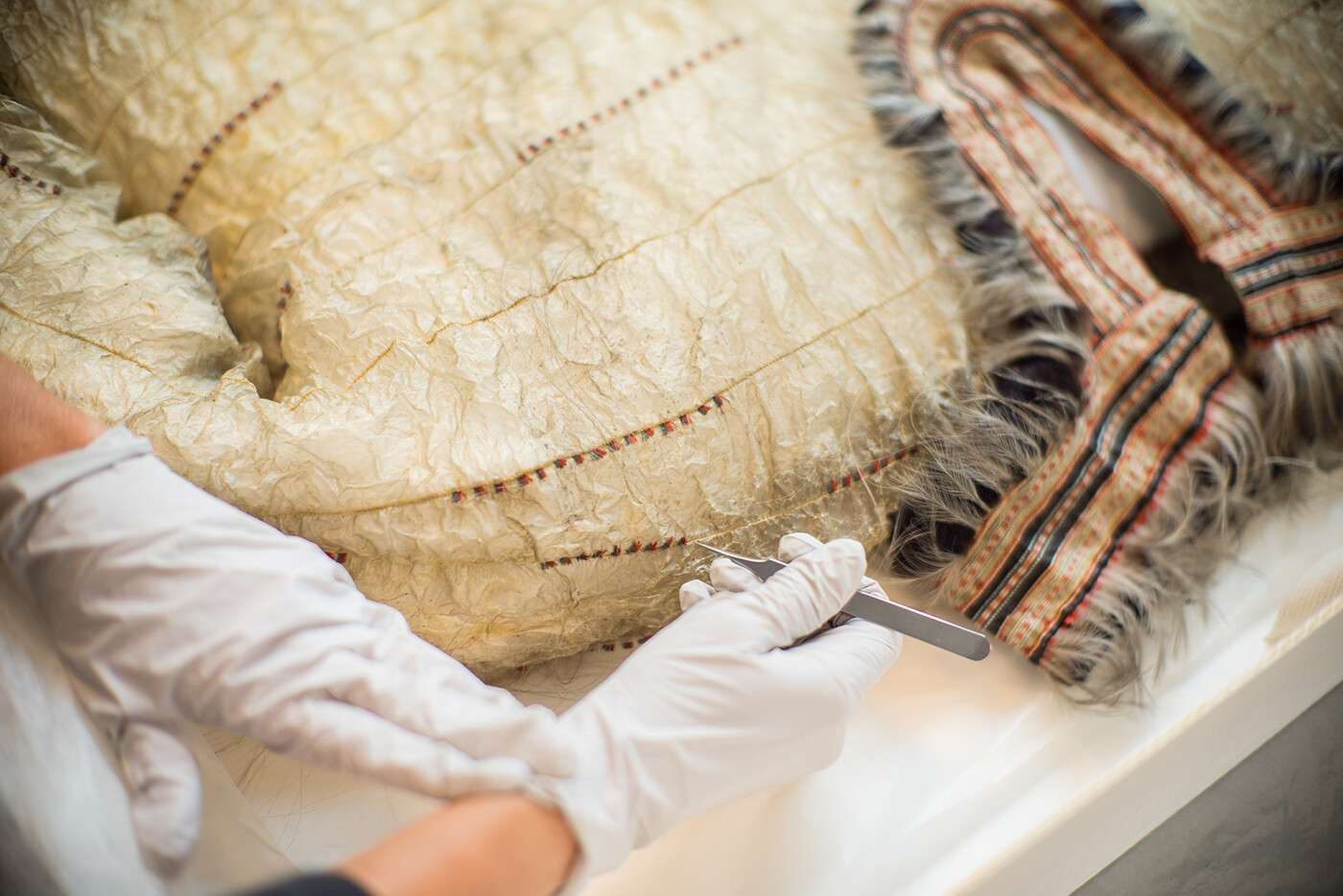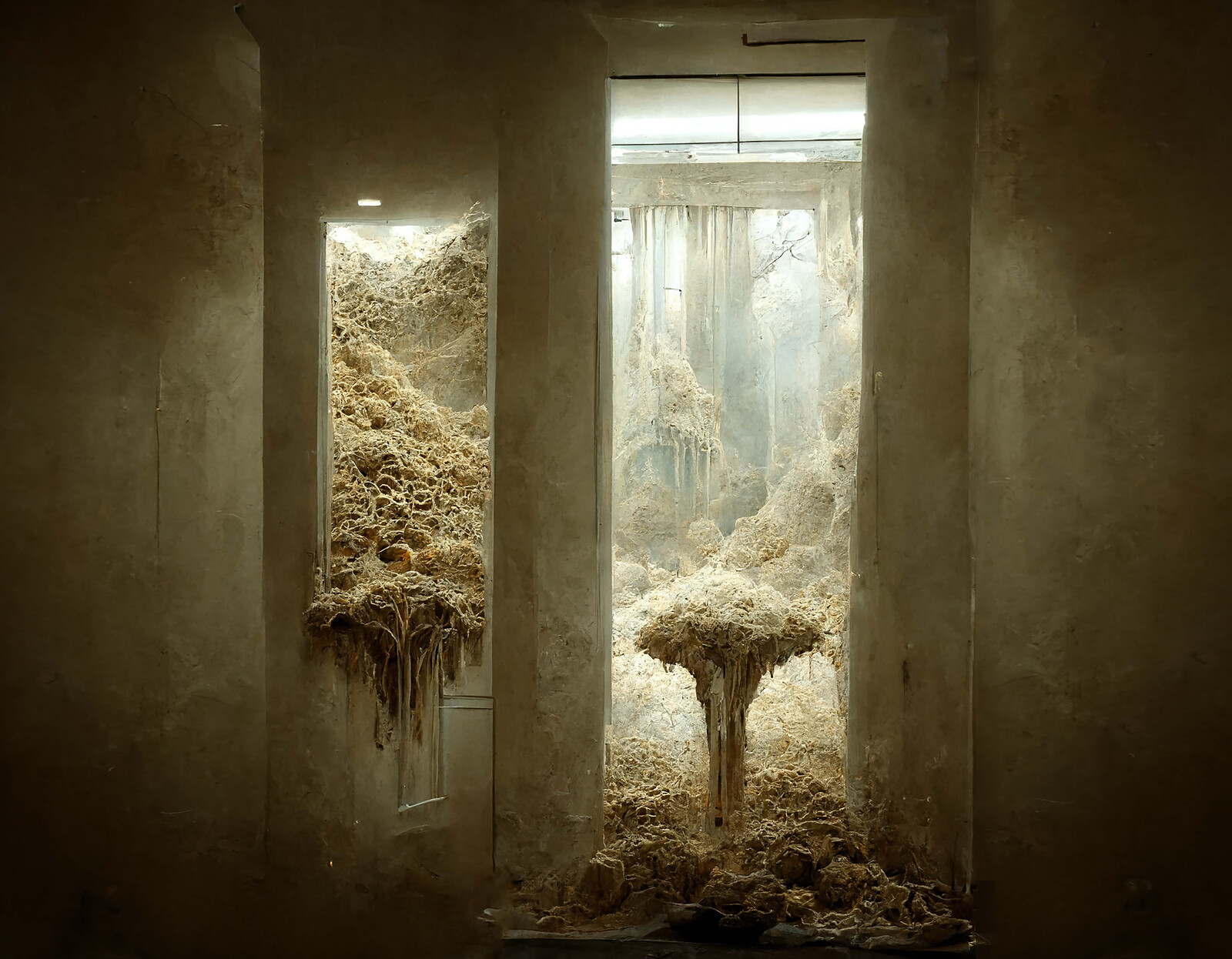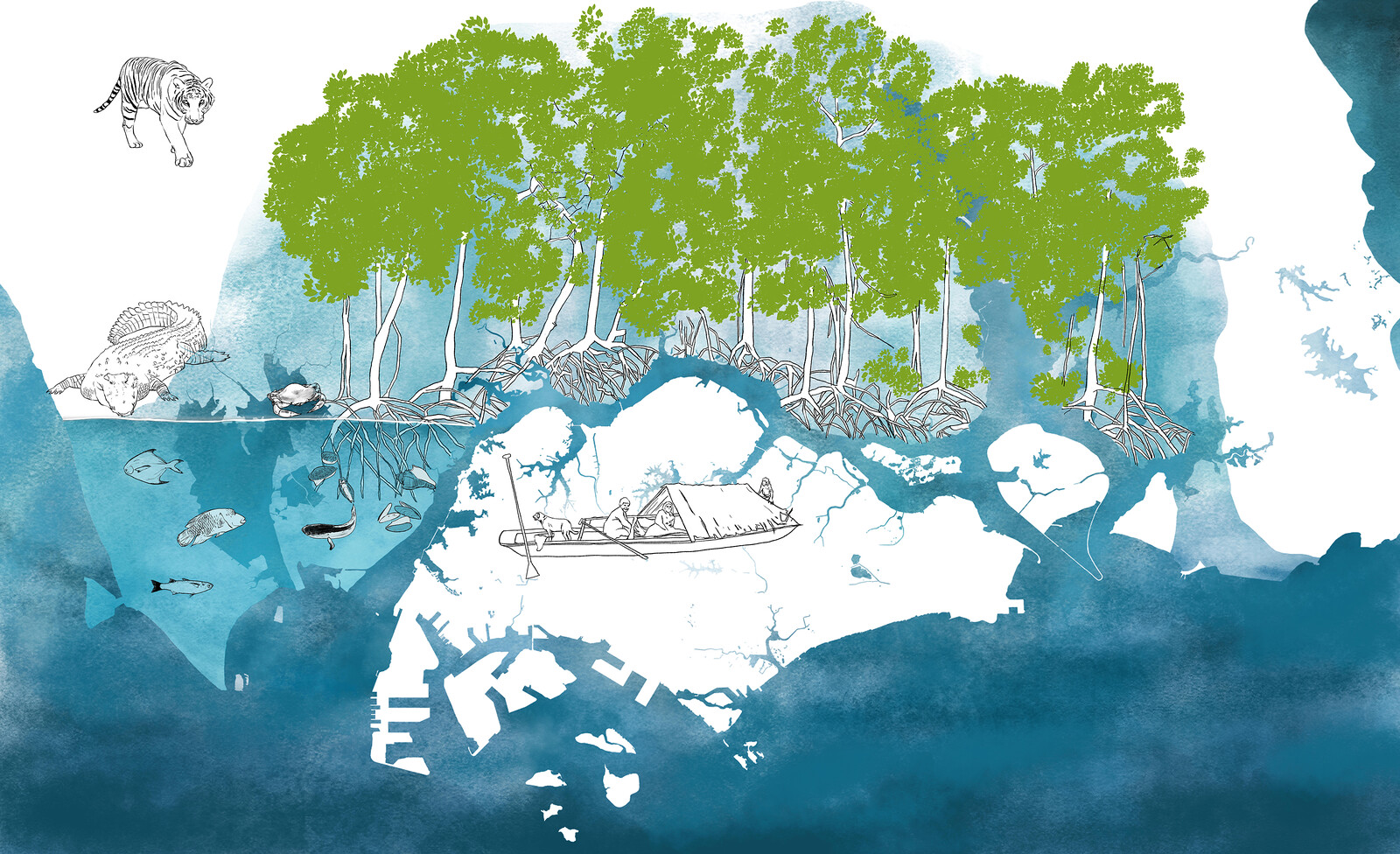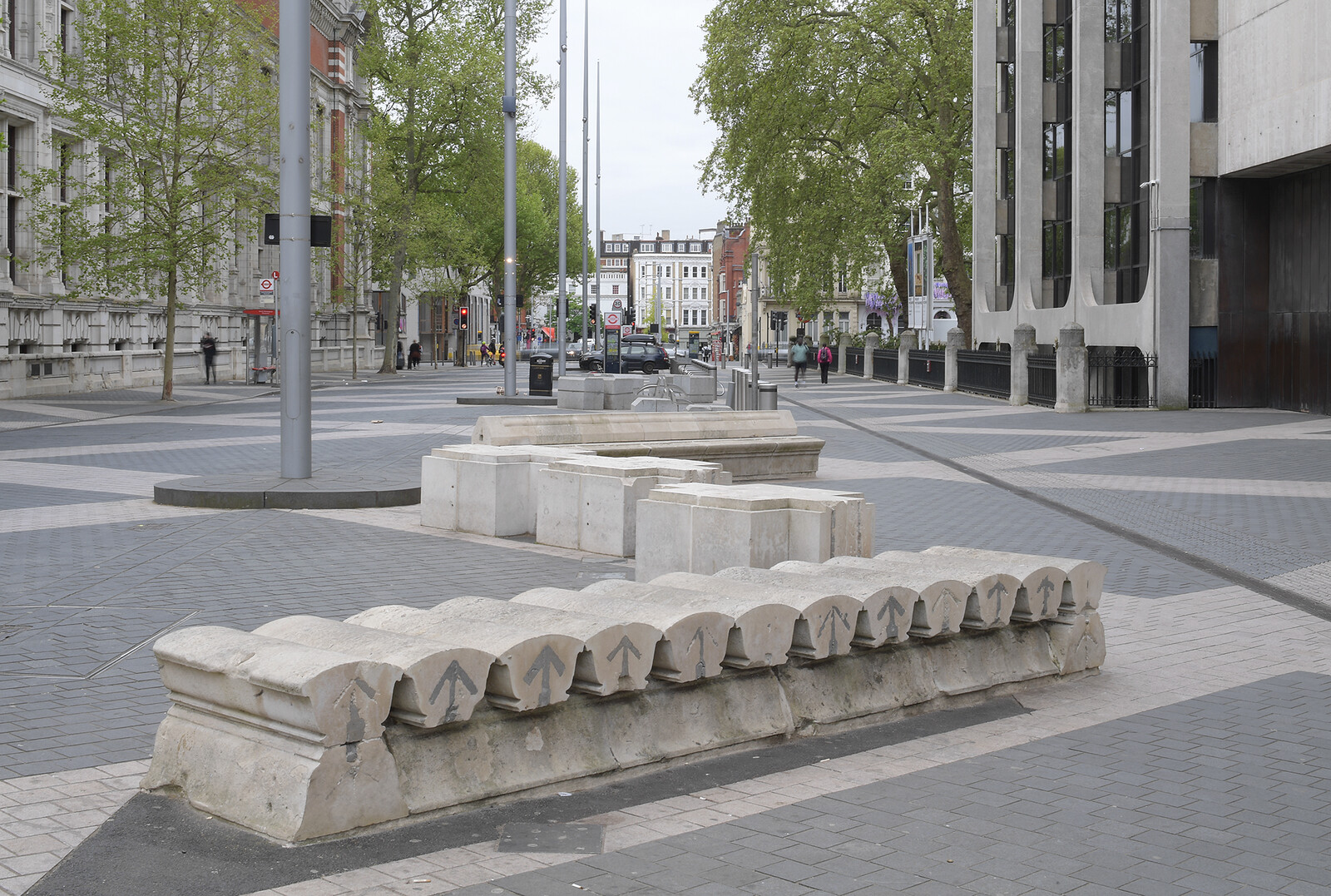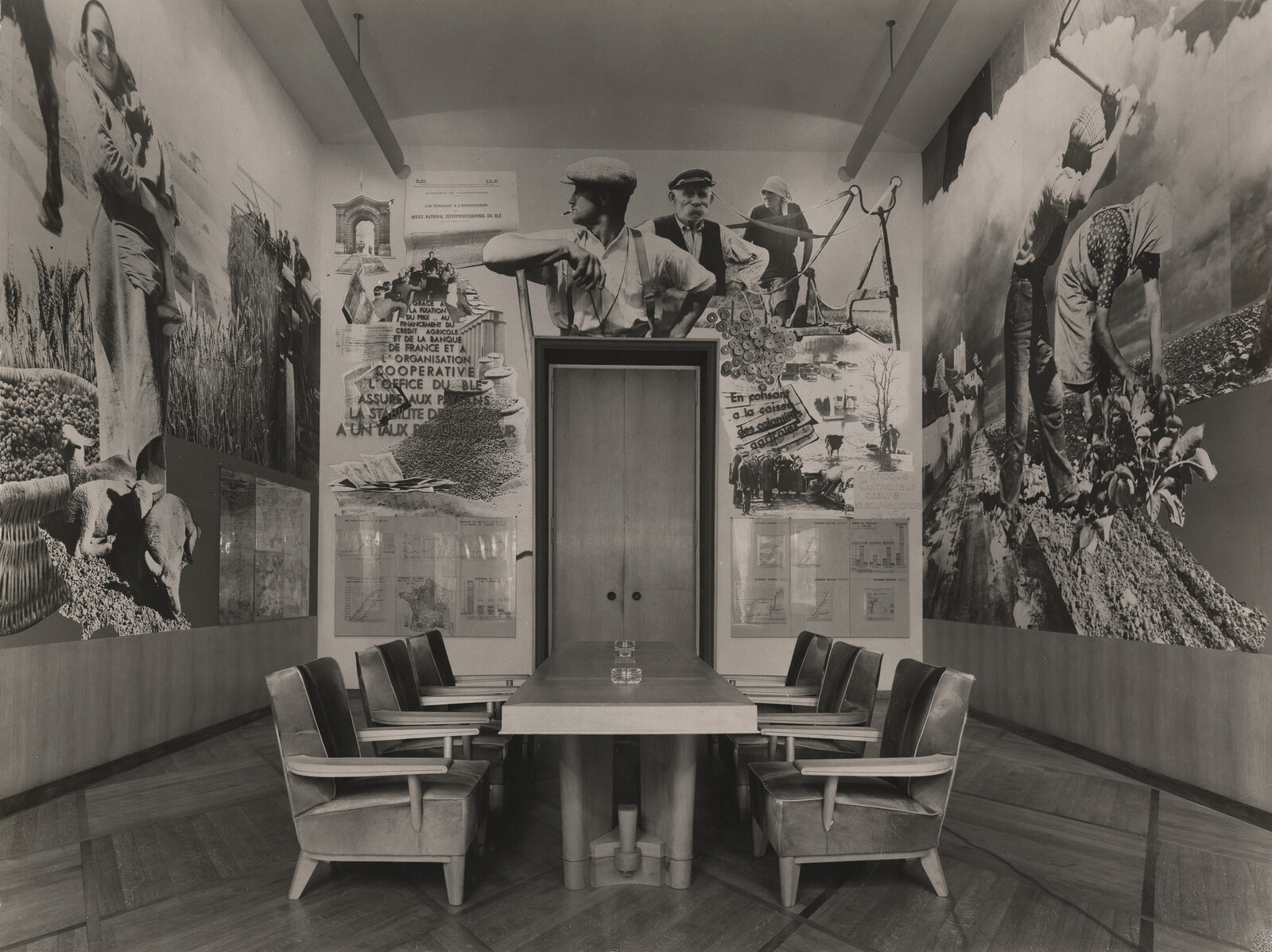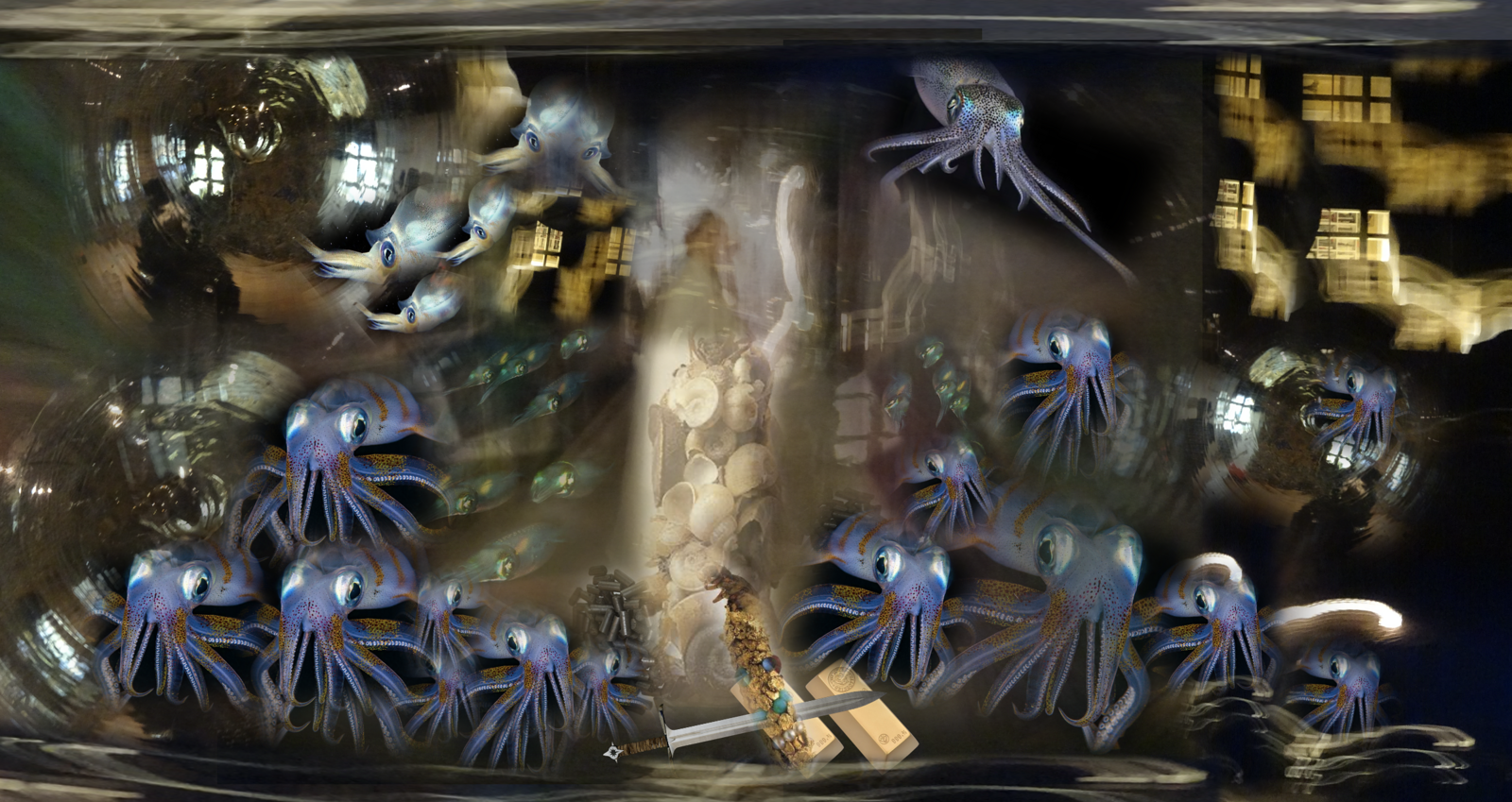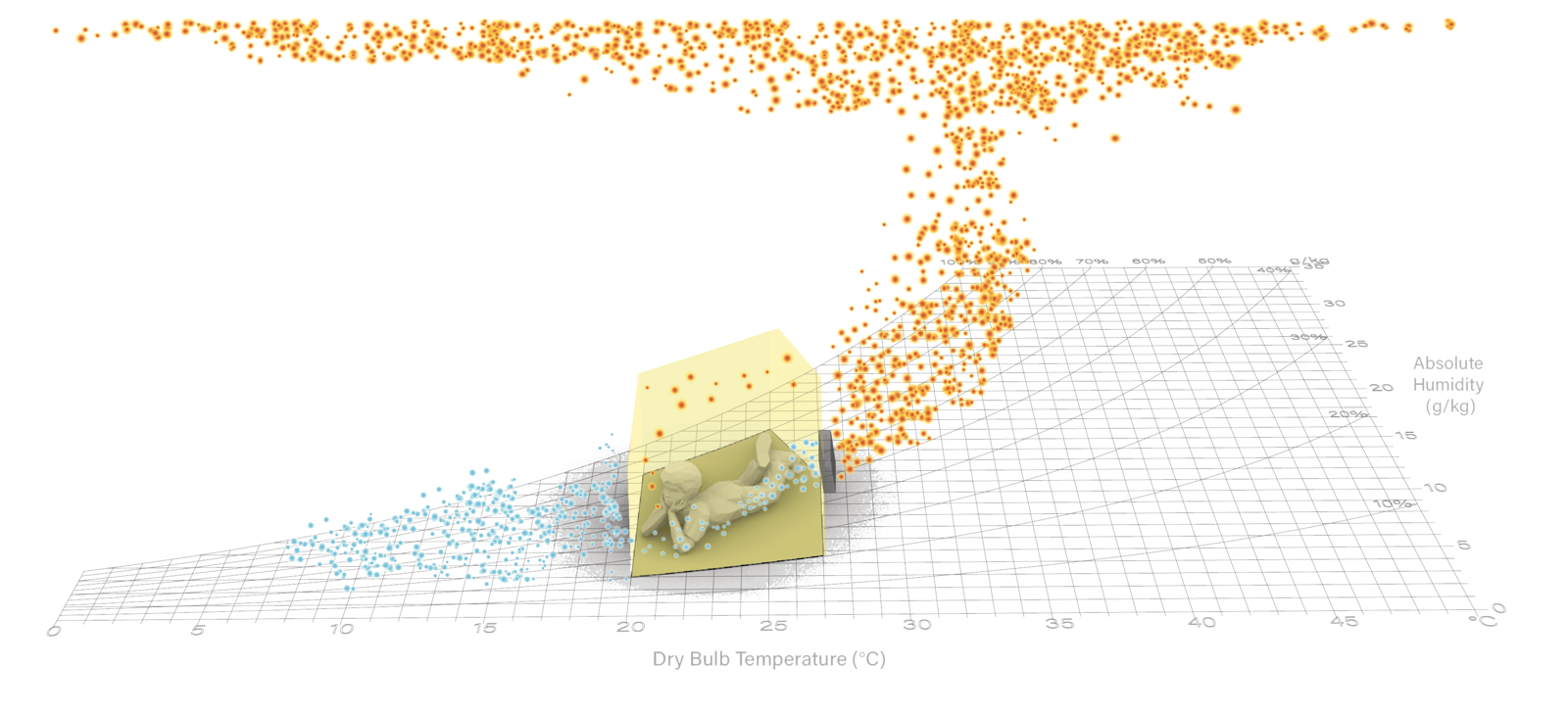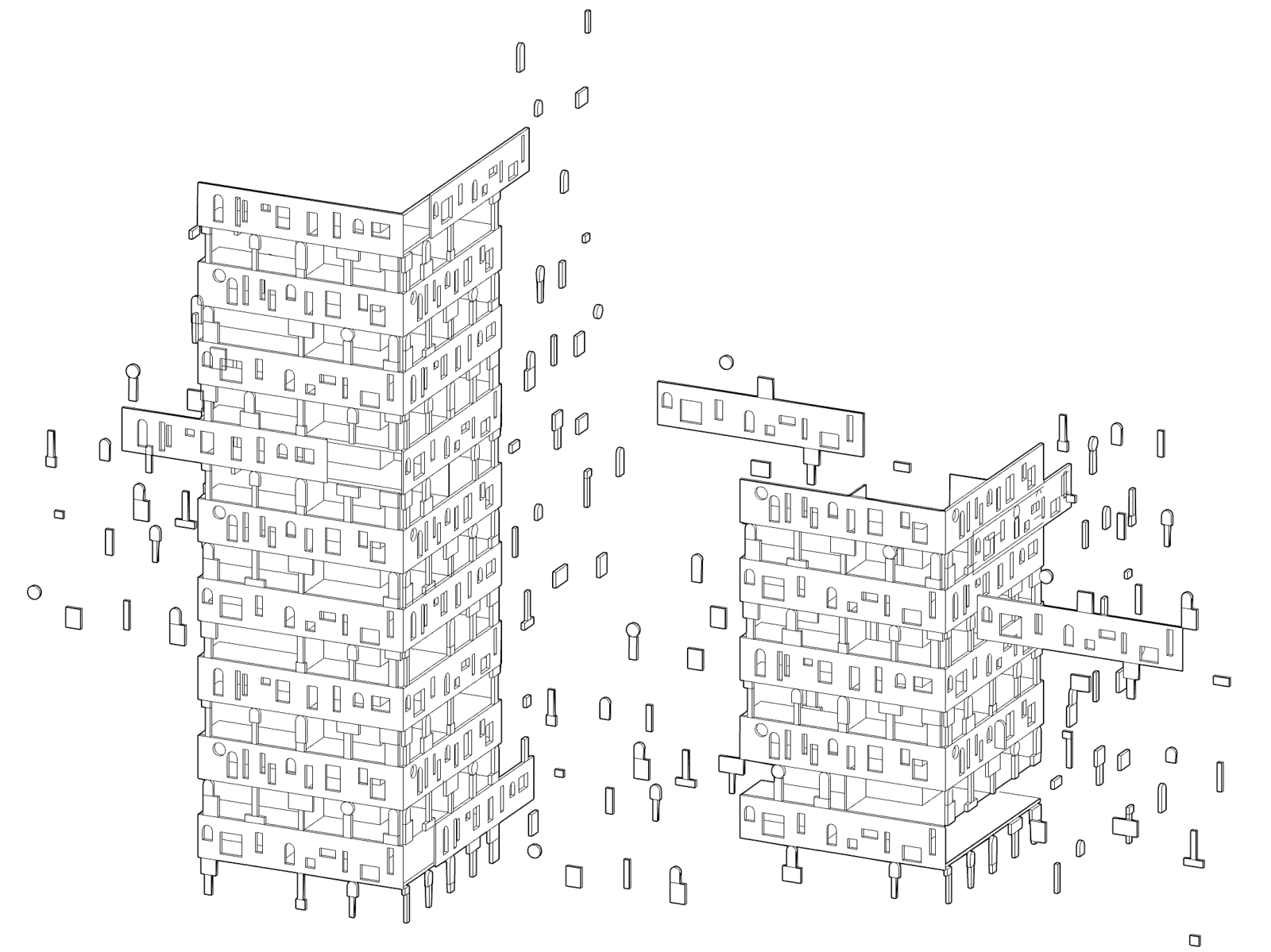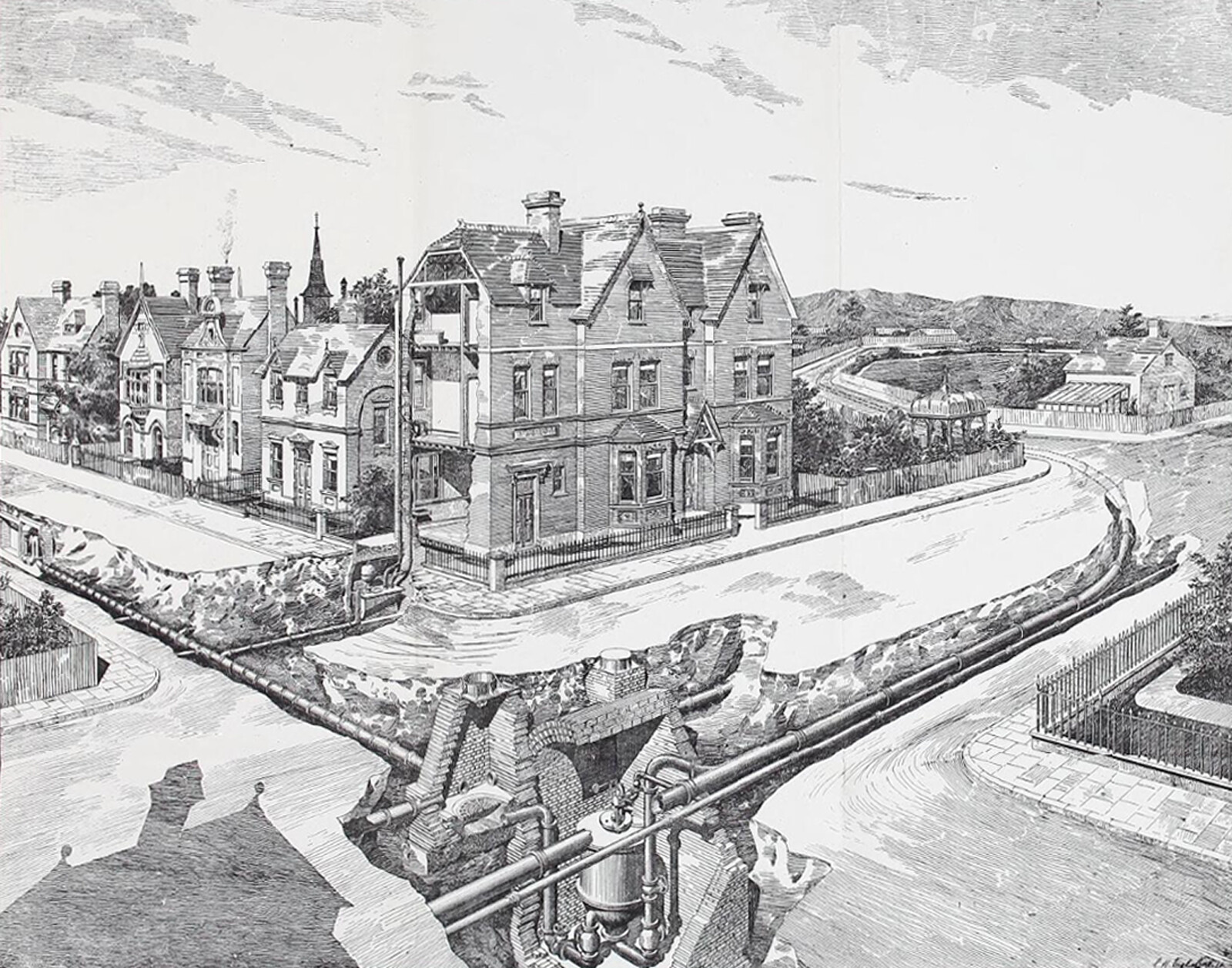What does it mean to be a skillful cook? Over the last several centuries, the skillful cook was arguably the one who most successfully healed the historical wounds of modernity by reconciling traditional dishes with modern techniques. Cooking, in this genre, is historical work. More recently, the skillful cook has become more of a selector who rediscovers the flavor of ingredients displaced by supermarket supply chains and industrial farming. Like Alice Waters serving a single uncut Japanese pear for dessert, cooking in this genre is less historical work than it is ecological work.
Plato gave a memorable definition of the skillful cook, as the one who knows how to find nature’s articulations, cutting delicately along its bones rather than chopping heedlessly through.1 This passage has given rise to a long debate in western philosophy over how to be a skillful cook—of how to find the articulations of nature, or whether or not these articulations really exist. In this debate, good cooking becomes a question of how to say something true about the world. To think of the skillful cook in this sense is to acknowledge that cooking is always more than simply heating food. Cooks assemble the social and environmental relationships that tell us where we are in the world and how best to live there. The skilled ones, in this genre, show us how to be cosmopolitan in a community whose members are not always human and not necessarily alive. In a world of broken social and ecological relations this task becomes all the more important, as the skillful cook must discover new and alternative articulations, cutting along a line that may have been invisible to us before.


Woman inflating walrus intestines for drying. Gambell, 1930. Source: National Anthropological Archives, Smithsonian Institution, Papers of Henry Bascom Collins, Photographs (GA-30-87).
The Coat and its Seamstress
The first time you see an Alutiiq parka it looks like an optical illusion. From a distance it looks heavy and dense like chiseled white marble, or a pearl oyster encrusted with sea life. From close up it becomes luminous and light with fine creases that reveal striations and layers of transparency, as if it was made from tracing paper. Unless you’re Alutiiq, it’s a fabric that looks unfamiliar to the point of being otherworldly.
In the language of anthropologists, it’s called a “summer gut skin parka.”2 It’s made by the Alutiiq people of the Aleutian archipelago, and it’s completely waterproof. According to conservationists at Harvard’s Peabody Museum, it’s impermeable from the outside, but breathes from the inside like “Gore-Tex.” Each translucent horizontal band is an intestine from northern fur seal or sea lion that is dried, cured, and sewn together with other intestines. Sea mammals have long thin intestines that are a hallmark of all gut skin parkas. At specific points along the edge of each intestine, small soft feathers and human hair are sewn into the seam. The feathers are from birds that were acquired in trades, bound tightly to the garment with tough sewing thread made from the sinew of dogs. The hair is from the seamstress.
The process of making the parka begins with a kind of cooking. Alutiiq garments often contain a variety of hides harvested over many sea and terrestrial hunts. Alutiiq women take apart the seals or other sea mammals provided to them by the hunters. Using their ulu knife they carefully cut, classify, and organize everything to be used either for food, building equipment, or garments. When the meat has been cut out, they get to the long, thin intestines, which are turned inside out and carefully washed. After several washing cycles, the intestines are then inflated like balloons by tying a knot in both ends, and dried.The seamstress then waits for the blown intestines to dry or freeze, depending on which season the coat is being made. If the intestines freeze then they will become darker and more opaque. If the seamstress is making the coat in summer, the intestines don’t freeze and take on a translucent appearance. The color, translucency, and texture of the parka all derive from the specific conditions that were present at the moment it was made, making the garment a kind of material memory.
The seamstress also makes the thread. First, she twists sinew, or bits of animal tendon, into strips. Then, with her fingernails, she separates the strips into thin fibers, moistens them, rolls them between her palms, and wraps the resulting thread around a wooden bobbin.
We tend to think about the role of a seamstress as limited to sewing. Sewing is crucial work, but in this case what is being assembled is more than just a garment. Through her labor, the seamstress of this Alutiiq parka has assembled a vast arctic ecosystem into a wearable waterproof cosmos. In this sense, it could not be more different from the petroleum-based “performance fabrics” being sold today. The material understanding of arctic environmental relations required to assemble this coat make its “performance” not one of mere impermeability, but of a vastly more sophisticated kind of permeability to the subtle differences and small anatomical gestures of non-human species that have been learned over generations of human families. This aspect of the parka makes it difficult to see as an object at all. The parka is more like a small moment excerpted from a longer process of turning the world inside out. Like the intestines the parka is made out of, the parka belongs to a larger process of inverting the artic to make it home, and this is something that the Alutiiq people are still skilled at today. Far from being a fragile anthropological artifact of a time lost to history, gut skin parkas are part of a living tradition that continues in the Aleutian archipelago. Today the seamstress is still hard at work, stitching the world together as the arctic ecosystem comes apart.
The Q’anat and its Surveyor
In “The Art of Paying Attention,” Tim Ingold describes something that all skillful cooks possess: attendere.3 As Ingold describes, attendere is the act of looking closely, very closely, so close that you begin to stretch towards something, noticing things you hadn’t seen before, and being changed by what you find. It is impossible to imagine the invention of the Alutiiq parka without this kind of attendere, with its acute sensitivity to the intricate details of membrane and sinew. But how much time does attendere take? A day? A week? A lifetime? The work of the skillful cook cannot be particularly quick if it requires the kind of attendere revealed by the Alutiiq parka. However, there is a paradox in the process of paying attention that is essential to consider here. Archaeologists call this the “paradox of q’anat design,” but we might also call it the paradox of attendere.
Q’anats are an ancient form of hydrological infrastructure used to irrigate agricultural land and provide water to inhabitants of arid environments. Q’anats can be found in Asia, Latin America, Europe, and the Middle East. The origin of the q’anat probably dates to 3,000 years ago in present day Iran, after which the technology spread to Asia through Turkey, to Europe through the Arab conquest of Spain, and to Latin America through the Spanish colonial empire. They are called “Romani” in Syria, “Kanerjing” in Western China, “Karez” in Afghanistan and Pakistan, “Galerias” in Spain and Latin America, “Falaj” in Arab countries, and “Kitthara” in Morocco. There are hundreds of thousands of kilometers of q’anats all around the world, acting like a silent global infrastructure for high quality groundwater that have largely been forgotten, abandoned, or repurposed.
To understand the paradox of q’anat design, it’s important to first understand the conditions that make it possible. These conditions are ideal in Iran, which today has over 50,000 kilometers of these structures. Satellite images of Iran reveal a densely folded terrain of igneous and metamorphic rock which has been in constant movement and transformation over its geologic history. This movement results in cracking and faulting in its rock layers. Deep water reservoirs under intense pressure are forced upwards through these cracks, rising into the base of Iran’s mountains. A q’anat takes advantage of this geological condition by accessing this water through a tunnel in the side of the mountain.
The first step in constructing a q’anat is to find the water, which involves digging down vertically through the mountain. This vertical well is called the mother well. Once a mother well is found, a horizontal tunnel is needed to allow the water from the mother well to flow out of the mountain via gravity. However, in order to dig this tunnel, it is not possible to simply dig horizontally out of the mountain from the mother well itself, since it’s full of water. Water makes tunneling impossible. You have to dig horizontally in through the side of the mountain to reach the bottom of the well. The question then becomes: how do you know where to begin digging, in what direction, and how far you have to dig?
To know this, a very skilled surveyor is required. The surveyor must understand the surface of the mountain in such intimate detail that she can identify the precise elevation that corresponds to the bottom of the mother well. Effectively, the surveyor needs to know two sides of the triangle in order to build the third, but the only side of the triangle that is known is the mother well. In order to find the third side, the hypotenuse of the triangle must be painstakingly surveyed. Then, the third side needs to be calculated in order to have a slope that is adequate to carry the water down the mountain. This slope is crucial. A q’anat could be only a few hundred meters deep but 100 kilometers long, with a margin of error of only a few centimeters per kilometer.
Three thousand years ago, when q’anats were first invented, the only tools available for this kind of survey were orders of magnitude less precise than those of today. But even today, with modern surveying tools, building a q’anat challenges the calibration and tolerance of digital tools. This is the basis for the paradox of q’anat design: they should not have been possible to build. Iranian surveyors used only a Mizan (telescope) and a rod.4 To survey with these tools, you hold the Mizan by a string, wait for it to become level, and then look straight through to find the corresponding mark on the rod. The problem of measurement for this tool, as Stathis Stiros explains, is the climate. In the summer, very hot ground surface temperatures cause light to bend, and in cooler temperatures—in the morning, night, or in winter months—the refractive index changes again, bending light in a different way. Over the course of a few kilometers, even with perfect use of these surveying tools, errors will be introduced due to the bending of light greater than the few centimeters per kilometer allowed for in building a q’anat.
Today, the problem of the temperature-dependent refractive index of air is largely solved by using a laser. A laser level produces its own high-intensity light to avoid this kind of bending. However, surveyors in Iran 3,000 years ago learned to overcome the dynamics of sunlight in another way. To solve the problem of temperature-dependent refraction, surveyors simply repeated their measurements at different times of day, in both winter and summer, on good days and bad days, morning, noon, and night, in order to take the average. In some cases, surveyors repeated these measurements for decades.
An additional difficulty was that the geology of the mountain had to be assessed, avoiding areas that were too hard or too soft for a tunnel. This often required that the q’anat turn, zig-zagging around the inside of the mountain in its search for the mother well. Instead of a triangle with three straight sides, the q’anat is better imagined as a three-dimensional cut. Like the skillful chef, the builder of the q’anat must cut along the bones, finding the mountain’s hidden articulations. In the age of satellite images, which have become our de facto representation of the Earth, these articulations are a reminder of how little these images reveal. Google Maps gives us the feeling of being able to see any geography instantly, without attendere, but knowing a mountain takes time.
Moreover, the paradox of attendere, which becomes particularly clear in the case of q’anat design, is that the world doesn’t stay still for us. It does not pose for our photographs. If the skillful cook must pay attention, it is always to an object in motion, whose forms are constantly refracted through its relations with other forms. The paradox, in this sense, is that the object of the skillful cook’s attention is hardly an object at all. Rather, it is always something ongoing and unfinished in the world, whose articulations are not eternal but contingent in ways that reveal an underlying animacy. For the q’anat designer, this happens as the solid and immovable mountain begins to feel ephemeral and alive after appearing at a different spatial coordinate every day for a decade. For a chef in the traditional sense, to be skillful means to cook like a seamstress, recognizing that a dish is not a finished object but rather a small moment excerpted from a much larger food system, whose values reflect fundamental political beliefs about how to live as much as historical beliefs about what to eat. If there are different genres that emerge as answers to the question of how to be a skillful cook, they all require this basic consciousness of cooking as a cosmos, whose politics and ecologies form the basic structure of the world we live in.
Plato, Phaedrus, 265e.
T. Rose Holdcraft, Sven Haakanson Jr., Ellen Promise, Judy Jungels, Fran Ritchie, and Patricia Capone, “Collaborative Study and Preservation of Coastal Alaskan Native Watercraft and Material Culture,” Journal of the American Institute for Conservation 60, no. 1 (2021): 2–17.
Tim Ingold, “The Art of Paying Attention,” Presented at The Art of Research, Helsinki, November 29, 2017, ➝.
Stathis C. Stiros, “Accurate Measurements with Primitive Instruments: The ‘Paradox’ in the Qanat Design,” Journal of Archaeological Science 33, no. 8 (August 1, 2006): 1058–1064.
Digestion is a collaboration between e-flux Architecture and the 2022 Tallinn Architecture Biennale, supported by the Institute for Advanced Architecture of Catalonia (IAAC), the Estonian Museum of Architecture, and Friendship Products.
